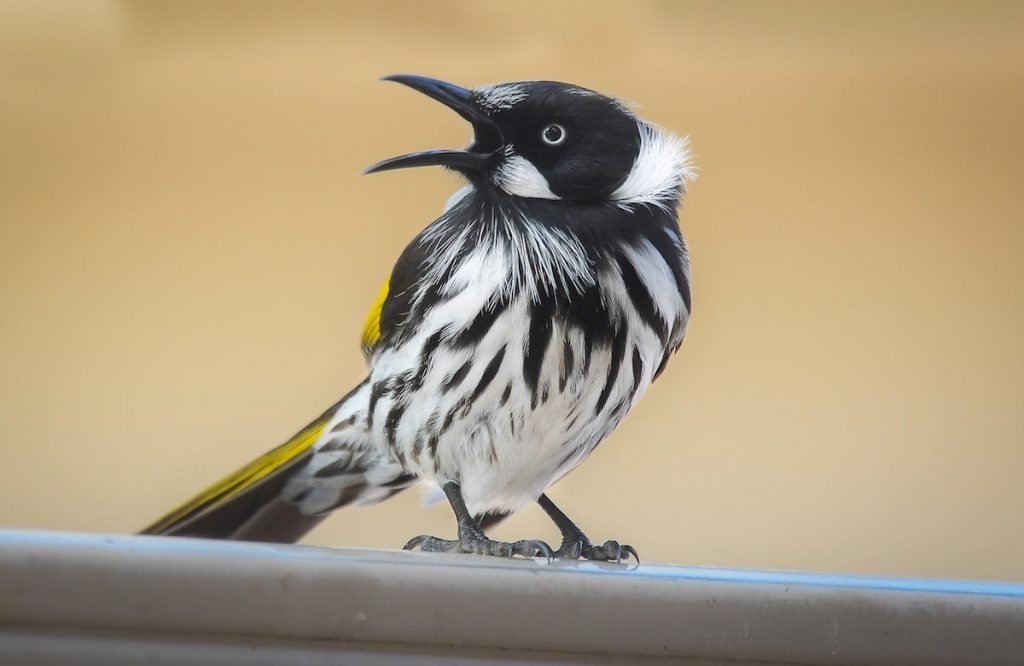
Australia is a bird watcher’s paradise, with over 800 species of birds calling the continent home. With such a wide variety of feathered friends to discover, bird watchers often rely on their ears just as much as their eyes when identifying different species. Bird calls and songs can be complex, but with practice and the right tools, you can become an expert at identifying birds by ear in Australia.
Before we dive into the specifics of identifying bird calls, it’s important to understand the different types of vocalizations that birds use. Birds have a variety of calls and songs that they use for different purposes, such as attracting mates, defending territory, and communicating with their flock. Here are some of the most common types of bird vocalizations:
Now that you understand the different types of bird vocalizations, let’s dive into some tips for identifying birds by ear.
The first step in identifying birds by ear is to learn the calls of common birds in your area. This will give you a baseline for identifying birds and will make it easier to pick out the calls of less common species. Some common birds in Australia that are easy to identify by their calls include the Kookaburra, Magpie, and Rainbow Lorikeet.
Bird calls often have distinct patterns that can help with identification. For example, the call of the Laughing Kookaburra is a distinctive “laughing” sound that repeats in a series. Similarly, the call of the Magpie is a series of short warbling notes that increase in pitch towards the end.
The context of a bird’s call can also provide clues for identification. For example, the call of the Eastern Whipbird is often heard in pairs, with one bird making a “whip” sound and the other responding with a “crack” sound. By listening to the context of the call, you can narrow down the possible species and make a more accurate identification.
The Smart Bird ID includes audio recordings of bird calls and can be a great tool for learning new calls and practicing identification. It can also magically identify over 5,000 birds with its song ID tool which uses artificial intelligence to identify bird songs and calls.
Like any skill, identifying birds by ear takes practice. The more you listen to bird calls and practice identification, the easier it will become. Make a habit of listening for bird calls during your daily routine, such as when you’re taking a walk or sitting outside. Over time, you’ll start to recognize the calls of different species and become more confident in your ability to identify birds by ear.
If you’re serious about identifying birds by ear, consider joining a local bird watching group or taking a class. These groups and classes often have experienced bird watchers who can help you improve your skills and identify more difficult species. They can also provide a supportive community of fellow bird watchers who share your passion for identifying birds by ear.
Identifying birds by ear can be challenging, especially if you’re just starting out. It’s important to be patient with yourself and not get discouraged if you can’t identify a bird right away. Keep practicing and listening, and over time, you’ll become more confident in your ability to identify birds by ear.
In addition to these tips, there are a few common bird calls in Australia that are worth knowing. Here are a few examples:
Identifying birds by ear in Australia can be a challenging but rewarding experience. With practice and the right tools, you can become an expert at identifying different bird calls and songs. Remember to start by learning the calls of common birds in your area, use a birding app or field guide for help with identification, and pay attention to distinct patterns in the call and the context in which it is made. With patience and persistence, you’ll be able to identify a wide variety of bird species by ear in no time.
